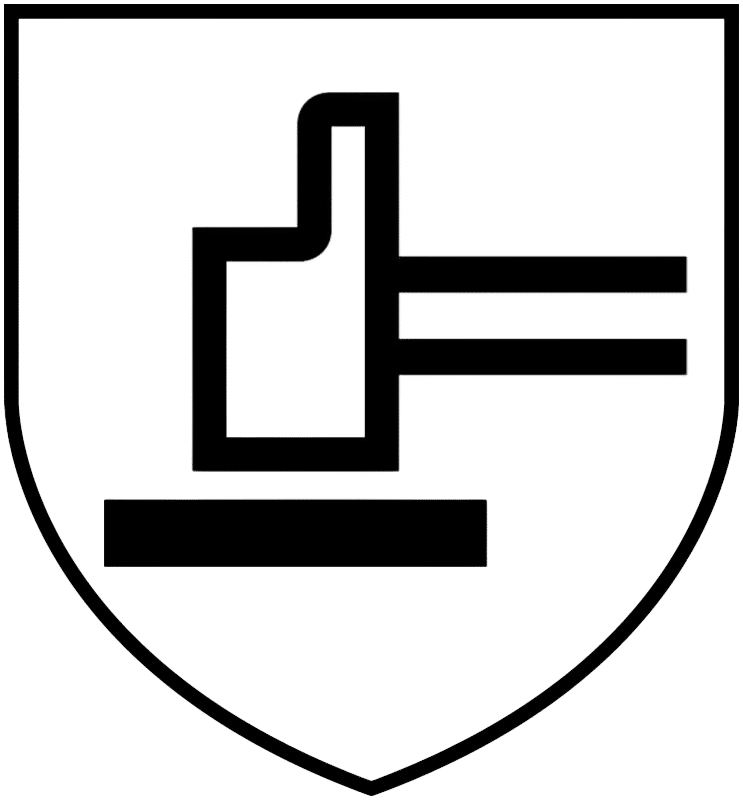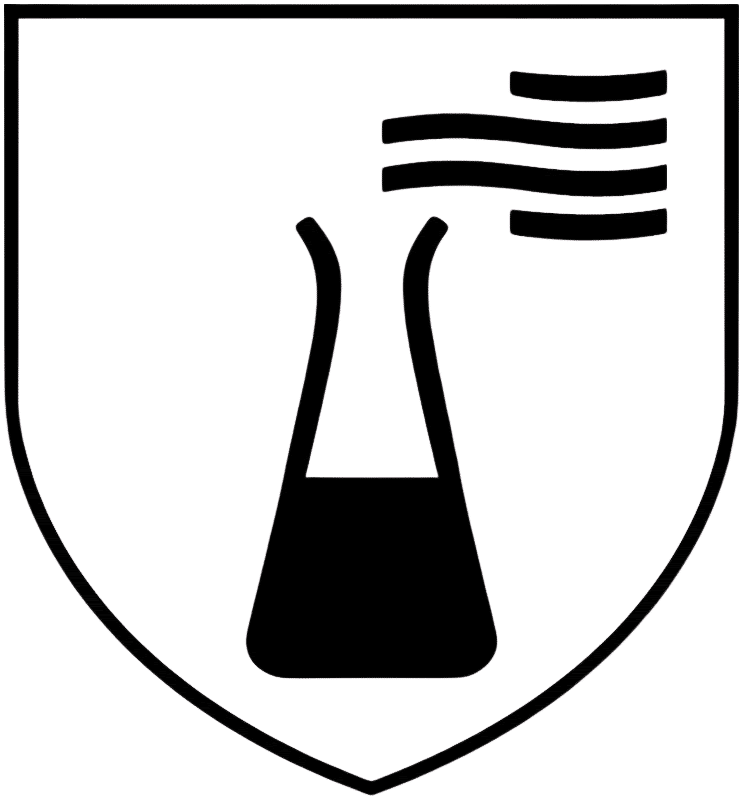Standards
Ensuring Hand Safety in Professional Environments
Hands are on the front line when it comes to workplace hazards. Cuts, burns, chemical splashes, extreme cold, or biological contamination… There are many risks, and they vary depending on the professional environment. To address these dangers, it is essential to use protective gloves that are appropriate and compliant with current standards. These standards classify gloves according to their level of resistance to various types of hazards: mechanical (abrasion, cuts, punctures, tears), chemical (permeation or contact), thermal (heat, fire, cold), or biological (irritation, contamination)…
Safety requirements apply across a wide range of industries: construction, trades, manufacturing, logistics, housekeeping, landscaping, and more. Each type of activity comes with specific constraints that must be considered when selecting personal protective equipment.
As a precautionary measure, it is essential to conduct a trial before choosing a glove.
General Requirements
EN ISO 21420:2020
Establishes general rules regarding comfort, safety, labeling, packaging, and usage instructions.
Mechanical Risks
EN 388:2016+A1:2018

Abrasion resistance (Levels 0 to 4)
Cut resistance – Couptest (Levels 0 to 5 or X if not tested)
Tear resistance (Levels 0 to 4)
Puncture resistance (Levels 0 to 4)
Cut resistance according to EN ISO 13997 (Levels A to F or X if not tested)
Impact protection (optional) according to EN ISO 13594: P
Chemical Risks
EN ISO 374-1:2016 (Type A, Type B or Type C)

Prerequisites and test methods: Permeation test (EN 16523-1:2015) and Degradation test (EN 374-4:2013)
- Type A: Breakthrough time >≥ 30 minutes for at least 6 chemicals from the EN 16523-1 list (Leakproofness: EN 374-2)
- Type B: Breakthrough time >≥ 30 minutes for at least 3 chemicals (Leakproofness: EN 374-2)
- Type C: Breakthrough time >≥ 10 minutes for at least 1 chemical (Leakproofness: EN 374-2)
Each tested chemical is identified by a letter shown under the pictogram.
List of chemicals according to EN 16523-1
| Code | Produit chimique | Numéro CAS | Classe |
|---|---|---|---|
| A | Méthanol | 67-56-1 | Alcool primaire |
| B | Acétone | 67-64-1 | Cétone |
| C | Acétonitrile | 75-05-8 | Composé nitrile |
| D | Dichlorométhane | 75-09-2 | Hydrocarbure chloré |
| E | Bisulfure de carbone | 75-15-0 | Composé organique contenant du souffre |
| F | Toluène | 108-88-3 | Hydrocarbure aromatique |
| G | Diéthylamine | 109-89-7 | Amine |
| H | Tétrahydrofurane | 109-99-9 | Composé éthérique hétérocyclique |
| I | Acétate d’ éthyle | 141-78-6 | Ester |
| J | n-Heptane | 142-82-5 | Hydrocarbure saturé |
| K | Hydroxide de sodium 40% | 1310-73-2 | Base inorganique |
| L | Acide sulfurique 96% | 7664-93-9 | Acide minéral inorganique, oxydant |
| M | Acide nitrique 65% | 7697-37-2 | Acide minéral inorganique, oxydant |
| N | Acide acétique 99% | 64-19-7 | Acide organique |
| O | Ammoniaque 25% | 1336-21-6 | Base organique |
| P | Peroxyde d’ hydrogène 30% | 7722-84-1 | Peroxyde |
| S | Acide fluorhydrique 40% | 7664-39-3 | Acide minérale inorganique |
| T | Formaldéhyde 37% | 50-00-0 | Aldéhyde |
Micro-organism Risks
EN ISO 374-5:2016

Protection against bacteria and fungi
EN ISO 374-5:2016 VIRUS: Protection against bacteria, fungi, and viruses
Thermal Risks: Fire
EN 407:2004

Flame resistance (Levels 1 to 4)
Contact heat resistance (Levels 1 to 4)
Convective heat resistance (Levels 1 to 4)
Radiant heat resistance (Levels 1 to 4)
Resistance to small splashes of molten metal (Levels 1 to 4)
Resistance to large splashes of molten metal (Levels 1 to 4)
(X = test not performed)
Thermal Risks: Heat
EN 407:2020

Cold
EN 511:2006

Resistance to convective cold (Levels 0 to 4)
Resistance to contact cold (Levels 0 to 4)
Water permeability (Levels 0 or 1)
Vibrations / Mechanical Shocks
EN ISO 10819:2013 + A1:2019
Resistance to vibrations and mechanical shocks. Specifically measures the hand-arm vibration transmission factor of gloves through the palm.
Welding
EN 12477:2001 + A1:2005
Glove requirements for welding protection
- Type A: General handling
- Type B: Precision handling (e.g., TIG welding)



